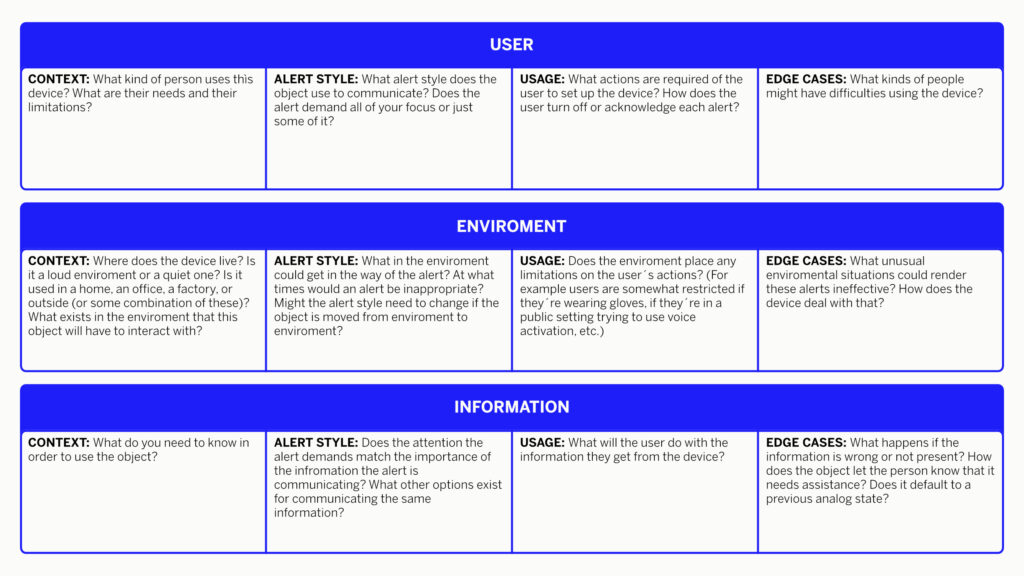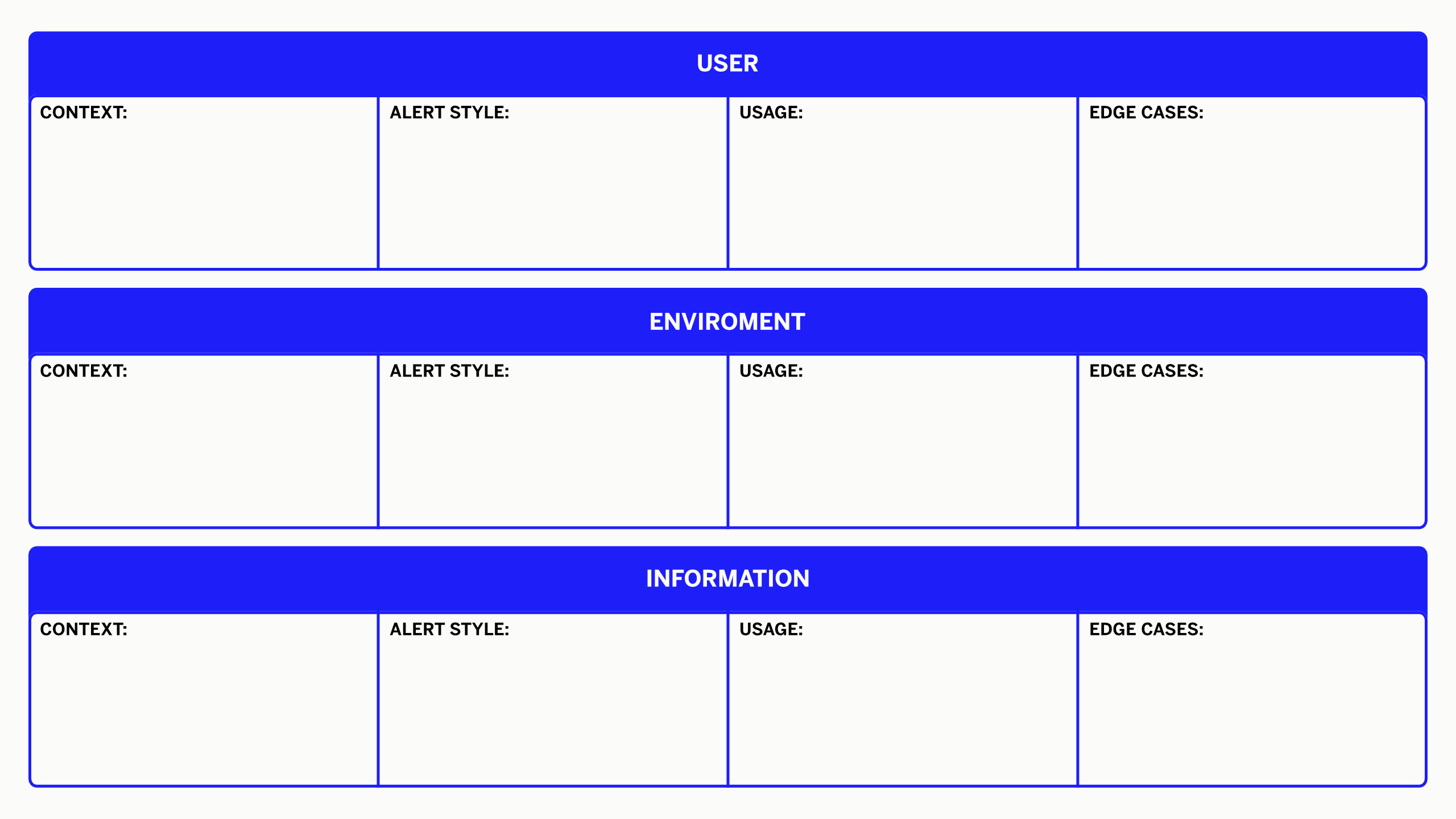Title: Enhancing Educational Experience: A Digital Approach to Visual Education Tool for Children with ASD (Autism Spectrum Disorder)
Author: Gladys Theresia Suryana
University: Aalto University School of Arts, Design and Architecture
Master’s Degree Course: International Design Business Management – Arts Department of Design
In this blog post, I have decided to evaluate a master thesis by Gladys Theresia Suryana called „Enhancing Educational Experience: A Digital Approach to Visual Education Tool for Children with ASD (Autism Spectrum Disorder)“. I decided on this thesis because it seemed relevant to my current research topic, therefore I studied it according to given criteria.
Level of design
This thesis has a very user-centered approach. By collaborating with educational institutions and involving caregivers and therapists, the work demonstrates a careful design process that takes into account the unique needs of ASD students, demonstrating a high level of empathy and understanding of the design context.
Degree of innovation
The work shows a high degree of innovation, especially in the integration of co-design methods to create a visual educational tool for children with ASD. Even though the application of digital tools in education is not new, the focus on creating visual tools specifically for children with ASD and using a feedback system makes this approach really interesting.
Independence
Suryana did extensive research for this thesis with minimal relying on assistance from others. This independent approach shows a high level of initiative in solving the problem.
Outline of structure
The structure of the paper is well organized, it logically moves from the literature review and research of ASD challenges to the development and application.
Degree of communication
Communication in the paper is clear and precise, especially considering the complex topic about ASD and visual educational tools. The work includes interviews and case studies, demonstrating Suryana’s ability present information in an engaging and accessible way.
Scope of the work
The scope of work is appropriate for a master’s thesis, including a literature review on autism, current state of education, and specific requirements for visual tools.
Orthography and accuracy
The spelling and accuracy of the work seem very precise, with terminology that is accurately used in the context of educational techniques and design methodology for ASD, which contributes to credibility.
Literature
The paper includes a wide range of literature, with references covering ASD, design thinking, educational tools and co-design processes. This approach shows an understanding of interdisciplinary sources, which is critical in addressing inclusive design.
This blog post was written with the help of Chat GPT, used for english translations and spelling.


